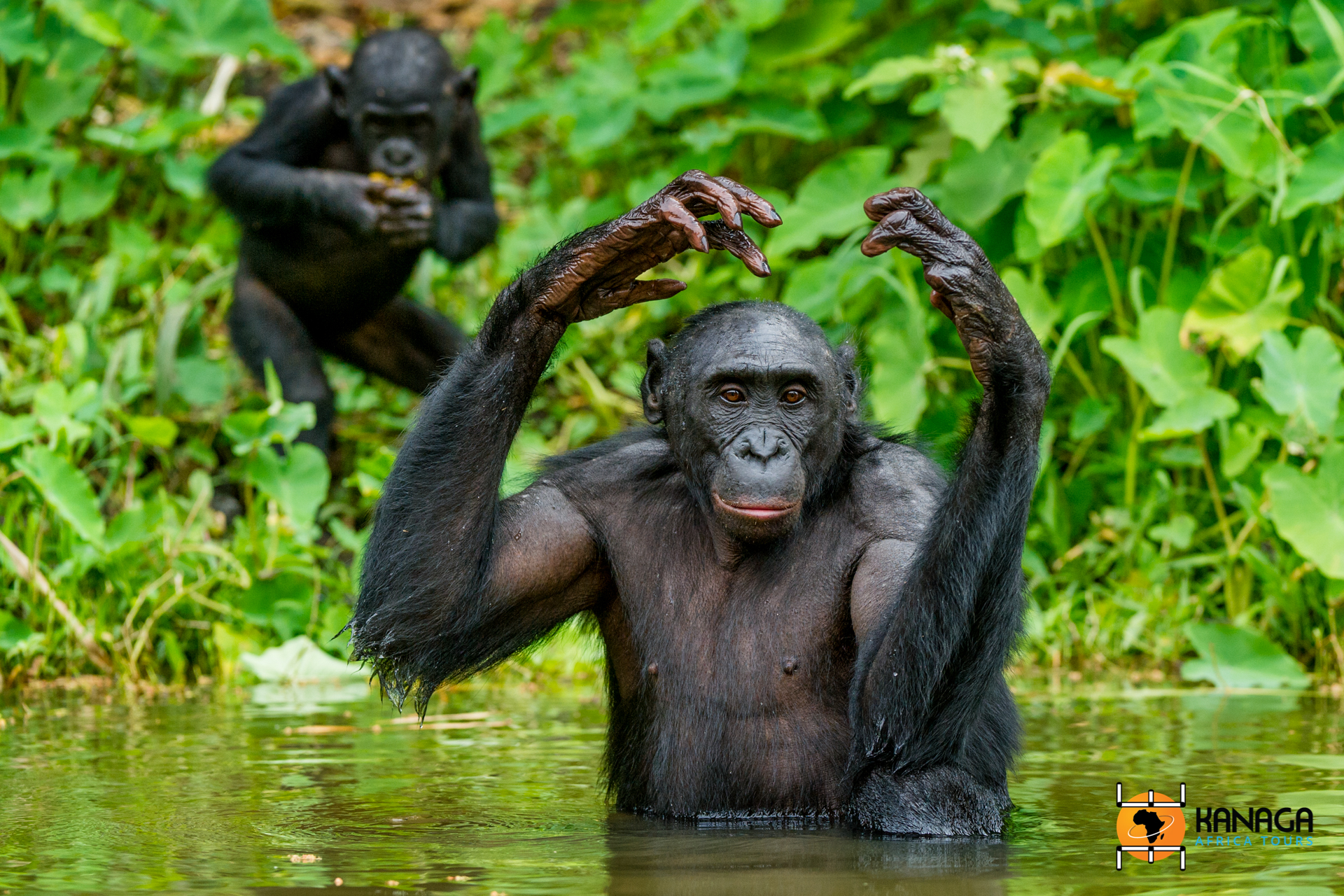‘Kin la belle’, that is how Kinshasa used to be called. Today, with a population of around 18 million, it is rather a vast, typically African metropolis, in perpetual flux, with obvious problems and contradictions, where avant-garde urban divides mingle with colonial buildings and merge with the disorder of peripheral working-class neighbourhoods, with two constants, the Congo River, omnipresent in the life of the Kinois, and the effervescent Congolese cultural scene.
With its major arteries and roundabouts, linking numerous satellite towns, Kinshasa has developed over the last 60 years, taking over an ever larger area, inland, but of which the historic core remains Gombe and the set of colonial neighbourhoods on the banks of the Congo River. It was here that the explorer Henry Morton Stanley decided at the end of the 19th century to lay the foundation stone of the Belgian colonial capital, Leopoldville.
If the city’s architectural monuments and historical buildings have to be found around the Boulevard du 30 Juin, amidst building speculation that has swallowed them up and de-valued them, its natural heritage is instead what is immediately apparent in the majestic scenery of the Congo River and the Malabo Swamp. But the real attraction of Kinshasa is intangible, made up of electrifying atmospheres and vibrant cultural ferments.
The Botanical Garden, the Central Market, Mont Ngaliema, the Stanley Pool (Malabo Swamp), the Presidential Park, the Theatre de Verdure, Kabila’s Mausoleum, the Palais de Marbre and the Palais du Peuple, the numerous monuments of post-independence contemporary history and the colonial architecture of the past, are certainly points of cultural and natural interest, but they are also geographical and ballistic landmarks, for a huge city in perpetual ferment, whose beating heart beats around Matongé, in the Place des Artistes (historic Place de la Victoire), a veritable cosmopolitan, artistic and identity workshop of Congolese culture. It is here that the rumba of Papa Wemba and Koffi Olomide has been echoing since the 1970s; here that the exhibitionist theatrics of the ‘sapologistas‘ are concentrated, in escape from the not always easy daily routine, and in perennial competition with the SAPE movement (Société des Ambianceurs et des Personnes Elégantes) of Brazzaville, on the other side of the Congo shore. It is here that a statue of the great musician Franco Luambo towers in the centre of the square, emblematic of the entire Congolese artistic universe, which revolves around bars, discotheques, bouvettes and ngandas, as well as boutiques, record shops, art ateliers and craft centres, that surround this hub of contemporary Kinoise cultural life.
And for those tired of the chaotic city life, there is no shortage of nature diversions, with boat trips on the Congo River, or real day trips into the wilderness, just a few hours from the capital.
Not to be missed is the ‘bonobo paradise‘, a nature sanctuary called Lola Ya Bonobos, near the small Lukaya Falls, which shelters the orphans of the endemic species of great bonobo monkeys (pan paniscus). 35 hectares about thirty kilometres from Kinshasa, consecrated to the preservation of this curious primate species, threatened with extinction, and where some of the hardiest specimens are chosen to be re-educated to wild life and later released in the north of the country, in the Equator region, while the others will remain under the protective wing of what is a veritable bonobo orphanage.
The Zongo Falls, show themselves in all their mighty energy about a hundred kilometres south of Kinshasa, where, with a drop of about 70 metres, they plummet, raising a watery dust that envelops everything and generating a deafening din. Here, a well-equipped tourist reception centre, which clashes with the surrounding rural villages, makes for a very pleasant excursion.






